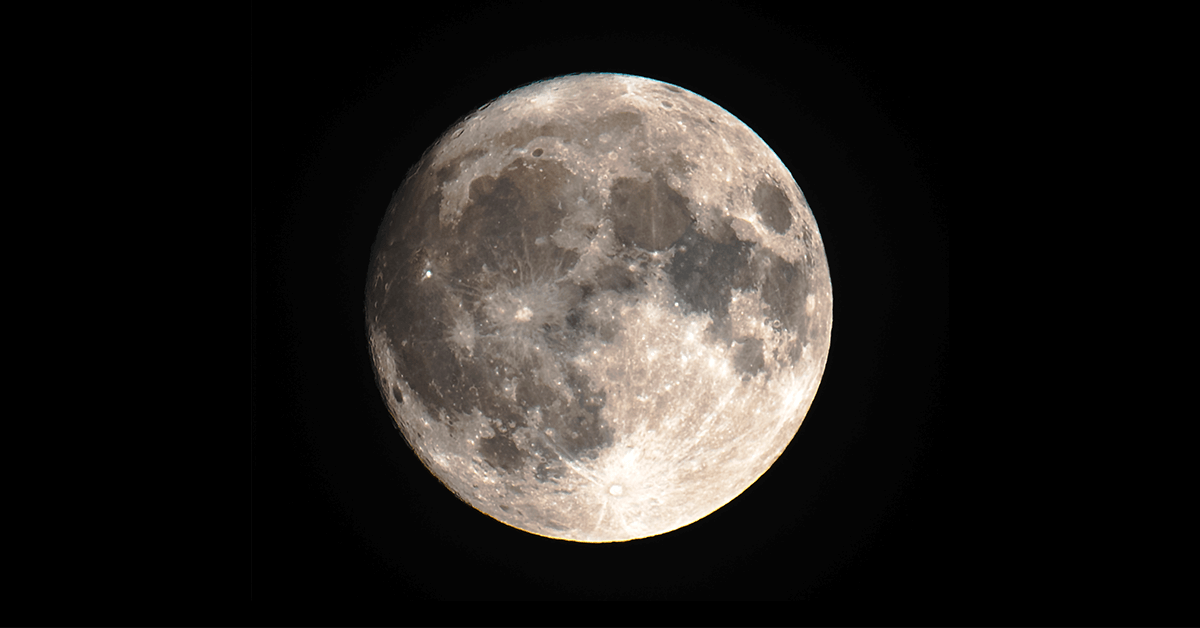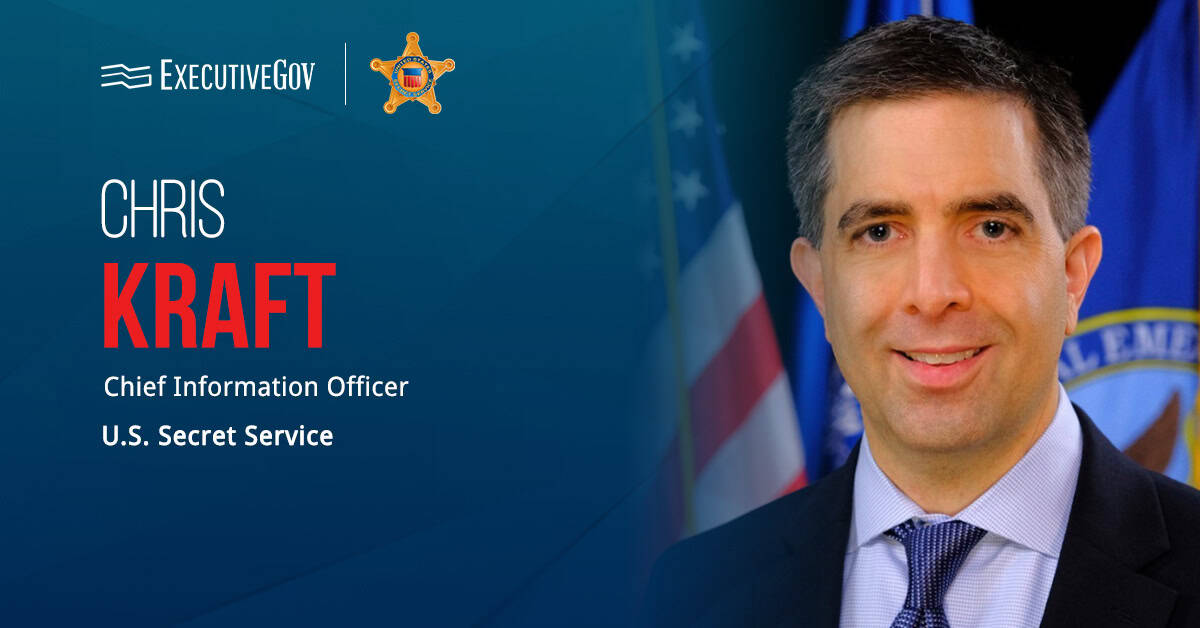Magna Petra will bring back the NASA-developed Mass Spectrometer Observing Lunar Operations, or MSOLO, instrument to the lunar surface under a cooperative research and development agreement with the space agency.
MSOLO, which was demonstrated during the recent Intuitive Machines 2 mission, will be launched to the moon no earlier than 2026 to “measure low molecular weight volatiles in hopes of inferring the presence of rare isotopes, such as Helium-3, which is theorized to exist, trapped in the regolith, or lunar dust, of the Moon,” NASA said Monday.
Helium-3 Isotope Applications
Magna Petra will select a commercial rover where the MSOLO instrument will be mounted and intends to collect Helium-3 isotopes and use them for energy production through nuclear fusion, quantum computing, healthcare and specialized laboratory equipment. The company will share data gathered in real time with NASA to understand the location of volatiles on the moon and determine whether they can be extracted.
“Learning more about the lunar volatiles and their isotopes supports NASA’s goal of sustaining long-term human space exploration,” said Roberto Aguilar Ayala, research physicist at NASA’s Kennedy Space Center. “We will need to extract resources locally to enhance the capabilities of our astronauts to further exploration opportunities on the lunar surface.”
MSOLO, originally designed to analyze volatiles used in the manufacturing of semi-conductors, was modified to withstand harsh space conditions. It was first sent to the lunar surface as part of the Polar Resources Ice Mining Experiment 1.





